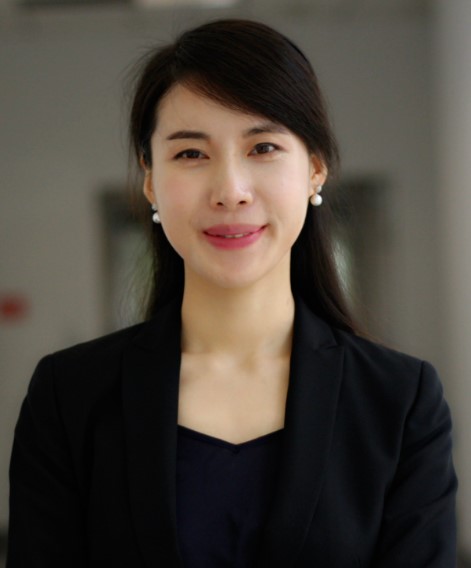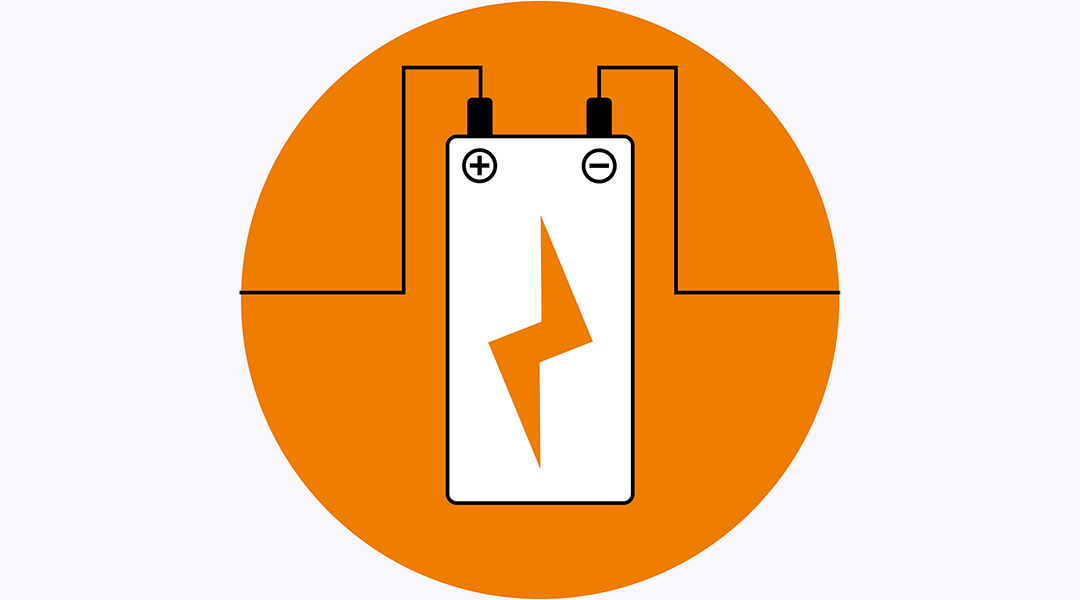
Prof. Hongli Zhu received her Ph.D. in wood chemistry from the South China University of Technology-Western Michigan University Alliance in 2009, after which she completed a post doctoral fellowship with Prof. Gunnar Henriksson at the KTH Royal Institute of Technology in Sweden. From 2011-2015, Prof. Zhu worked as a post-doctoral fellow at the Energy Research Center of the University of Maryland, focusing on electronics and energy storage. She is currently an assistant professor at Northeastern University in Boston.
Zhu’s current expertise is in energy storage, flexible nanopaper electronics, roll‐to‐roll manufacturing, and the processing and application of biodegradable and renewable materials from wood, such as nanocellulose fiber and nanocellulose crystal. She has over 10 years of experience in high-speed, large scale paper manufacturing and > 80 manuscripts published on topics such as energy storage, manufacturing, biomaterials, and paper electronics.
Her current focus is on the investigation of the fundamental structures and chemistries of wood and wood-derived materials, studying the structure-properties-application of cellulose, hemicellulose, and lignin. Her research group is also working on two dimensional nanomaterials for energy storage and energy generation.
Prof. Zhu was kind enough to answer some questions for this interview.
Can you briefly describe your research?
My group focuses on energy storage, advanced manufacturing, and multifunctional materials. We are interested in environmentally friendly green materials and energy storage, including the development of cellulose as building blocks for renewable energy storage and green electronic devices. Recently, my group developed metallic 1T TMDs for the application in energy storage, 3D printing Li metal battery with nanocellulose, and self-assembly of nanocellulose.
What got you interested in science in the first place? What is the most attractive thing about being an academic scientist?
I guess it is [curiosity] and [being drawn to] the library. I don’t know why the library is such an attractive place for me. Even when I was in college, I spent a lot of time [there]. I feel happy and peaceful inside. The advantage of working in a college is that there will always be a library around me. The second reason is, if I go to industry, the daily work there is routine. Basically, you don’t have much flexibility to do what you like, while in academia, you have the space to do what you are interested in. Academia gives you the flexibility to explore whatever you are interested in and you can focus on doing one thing.”
Who has influenced you the most in your career?
My grandpa. When I was a little kid, every time I visited him he always had gifts for me, most of which were a book, a pen, and a piece of paper. I still remember my seventh birthday gift was a beautiful green pencil box. There were always a lot of books on his desk. I admire him and, you know when you admire somebody as a kid, you will always want to be that kind of person. [I wanted] to be a person full of knowledge and wisdom, [it’s] like a seed buried in my childhood.
Which piece of work are you most proud of?
3D printing battery with nanocellulose from trees. My background is R2R paper manufacturing, wood chemistry, and nanocellulose. However, in 2011 I started to work on flexible electronics and energy storage. I feel the 3D printing battery with nanocellulose combines my background in manufacturing, wood chemistry and energy storage, which I like.
What kind of impact would you expect from your research work?
My original background is very engineering and large scale; even now, I teach the undergraduate industrial engineering course on manufacturing technology and systems. I’ve worked in chemistry, physics, [and] nanotechnology. I hope to one day link the nanoscale with macroscale and manufacturing.
How do you envision the development of cellulose-derived multifunctional materials and their application in energy storage technology?
Nanocellulose is an interesting material. It is made in nature, is biodegradable, biocompatible, and has unique mechanical and optical properties. I believe what we are doing is only the tip of the iceberg. Our research actually goes beyond nanocellulose, we are also working on lignin, hemicellulose (like galactomannan), and even bark. Nature is the most amazing creator on earth and we have so much to explore and learn from it.
How do you balance work and life? What are your hobbies?
Frankly, it is difficult to balance and I’m still learning. In the end, we only have 24 hours per day and so many things to take care of. I am trying to improve my efficiency.
I like running, especially outdoor running. When I was in Stockholm, we ran in the forest, even in the winter! I still remember the fresh air and smell of soil in the forest there.
You’ve mentioned you’re interested in research spent toward a sustainable and secure future. How do you imagine a sustainable world?
Well, it is a very good question. A sustainable world means meeting the needs of the present without compromising the ability of future generations to meet their own needs. That means minimizing the burning of fossil fuels, using renewable energy, and using recyclable materials whenever possible.
What do you think are the most important characteristics for a researcher?
[A person should be] inspiring, creative, and focussed, and of course, love research.
Can you give some advice for researchers starting out in your field?
Well, I tell my students: the easiest way in life is downhill. [To climb] the hill of knowledge and science, you will have different challenges, so please be prepared. We still want to go up this hill because we know that is the right direction. A direction [in which] we will improve ourselves, and we will not regret in 5 or 10-years.
To learn more about Prof. Zhu’s research, see one of her most recent papers titled 3D Printed High Performance Lithium Metal Microbatteries Enabled by Nanocellulose.

















